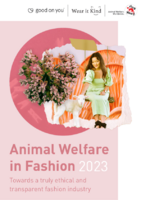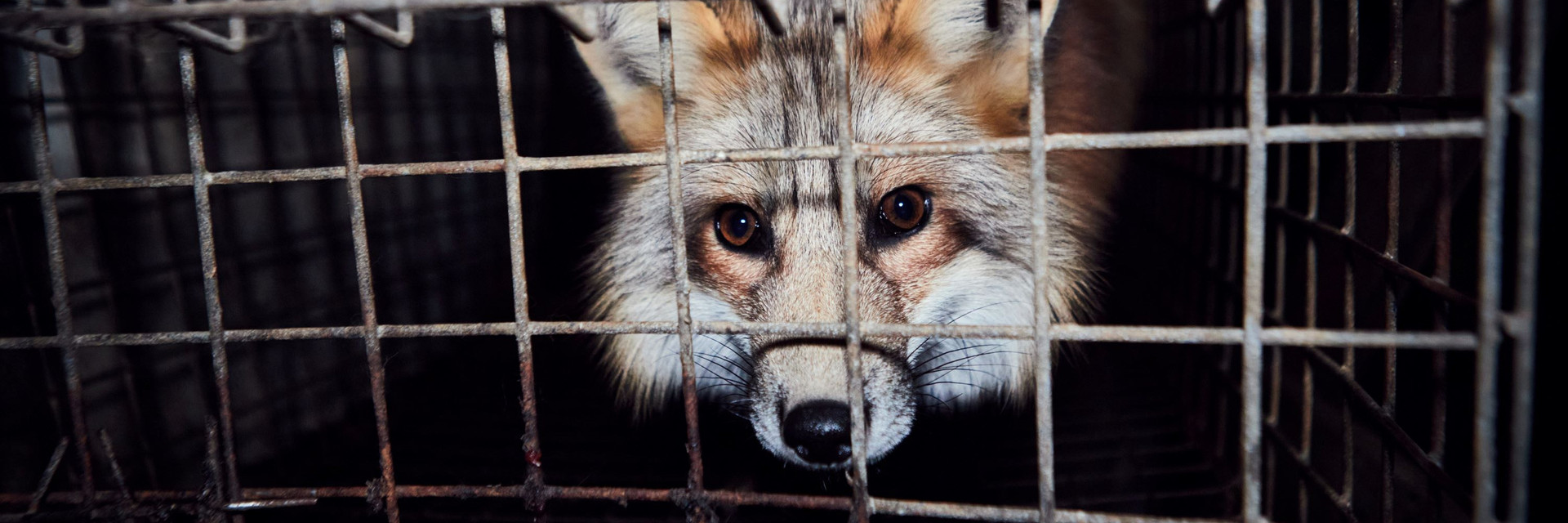
Big Names in Fashion Rated for Their Impact on Animals
Animal welfare is firmly on the agenda for many fashion brands, but turning this sentiment into action is the critical next step
Global animal welfare organisation FOUR PAWS has released the third edition of its Animal Welfare in Fashion report. The report highlights how the industry is performing on animal welfare and suggests where industry efforts can be prioritised to maximise impact for animals on the ground while supporting the industry’s sustainability objectives.
FOUR PAWS has partnered with sustainable fashion ratings platform Good On You to rate 100 fashion brands from 15 countries across 9 market segments including luxury, sports, and fast fashion to assess their impact on animals.
The report names Patagonia, Stella McCartney and ARMEDANGELS among the top-rated brands, while luxury giants Prada and Hermès are among the worst rated brands in 2023.

G-Star RAW (Most Committed PAWSome Fashion Brand) and Missguided (Most Improved PAWSome Fashion Brand) are among the five PAWSome Awards winners for the brands that have made the most notable progress in animal welfare.
Note: Any advertisements that may appear during the viewing of this video are unrelated to FOUR PAWS. We assume no liability for this content.
The report reveals important progress has been made by the growing number of selected fashion brands addressing animal welfare. Since 2021:
- there's been a 12% increase in the number of brands with new animal welfare policies;
- three out of seven brands that used fur have gone fur free; and
- 17% of brands improved their animal welfare rating to a higher category.
Greater attention to animal welfare by brands comes as little surprise considering the increasing demand by consumers for higher welfare and animal-free fashion. In 2021, a survey by YouGov found that 37% of consumers prioritised one fashion brand over another if they prioritised animal welfare, due to the growing awareness of animal cruelty in fashion among consumers.
Along with increased consumer education, certifications have become an important tool for brands to demonstrate their increasing commitment towards animal welfare. While only 10% of the brands we rated disclosed a commitment to use fully certified materials across all ‘conventional’ types (wool, down, cashmere, alpaca and mohair), this was slightly higher for wool – the most frequently used animal-derived material – 38% of the brands disclosed commitments to fully certified non-mulesed wool by a set date.
Additionally, 5% of the brands we rated disclosed commitments to achieve full traceability of their leather (the second most frequently used animal-derived material), and 2% disclosed commitments for their leather to be fully certified to beef, dairy or organic standards with better defined minimum requirements (although these do not rule out all cruel practices).
With 72% of the brands rated having animal welfare policies, our report shows that animal welfare is now firmly on the agenda for many fashion brands. However, efforts by brands needs to go further, so that change for animals on the ground can happen faster. With five billion animals used in fashion every year, translating policy into action is the critical next step for the fashion industry.
Our research noted that most of the brands we rated had not yet mapped their supply chains to the raw material stage. While strong traceability requirements for animal welfare certifications were enabling brands to be more transparent, only 9% of the brands we rated had more than 50% of their animal-derived materials certified.
Meanwhile, brands face mounting pressure to lower their carbon emissions, protect biodiversity, and support industry efforts to drastically reduce production and remain within planetary boundaries. Decoupling from animal agriculture and reducing the use of virgin animal-derived materials therefore plays a key role. However, just 3% of the brands we rated disclosed that they aimed to reduce their reliance on virgin animal-derived materials.
With the industry set to get even more serious about its environmental sustainability targets, where can brands focus their efforts to maximise the impacts for both animals and planet?
Report blurb: FOUR PAWS latest report shows that animal welfare is now firmly on the agenda for many fashion brands. But turning this sentiment into action is the critical next step. For the third edition of our report, we partnered with Good On You to rate 100 international brands on their progress in animal welfare. The demand for higher welfare and animal-free fashion is rapidly growing, and more brands (72%) now have animal welfare policies. With just 9% of brands having most of their animal-derived materials certified however, brands must do more to ensure animal welfare in their supply chains.


